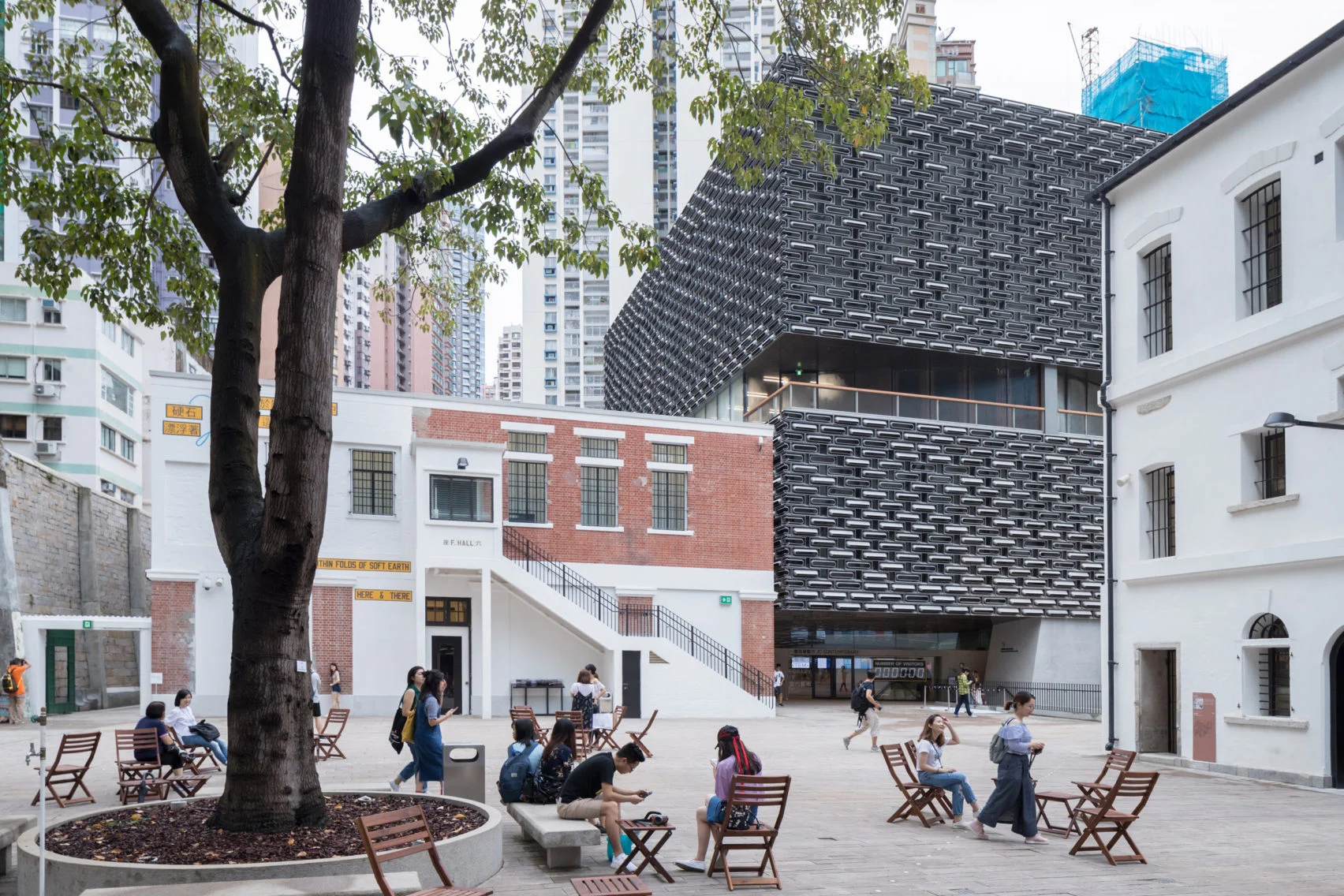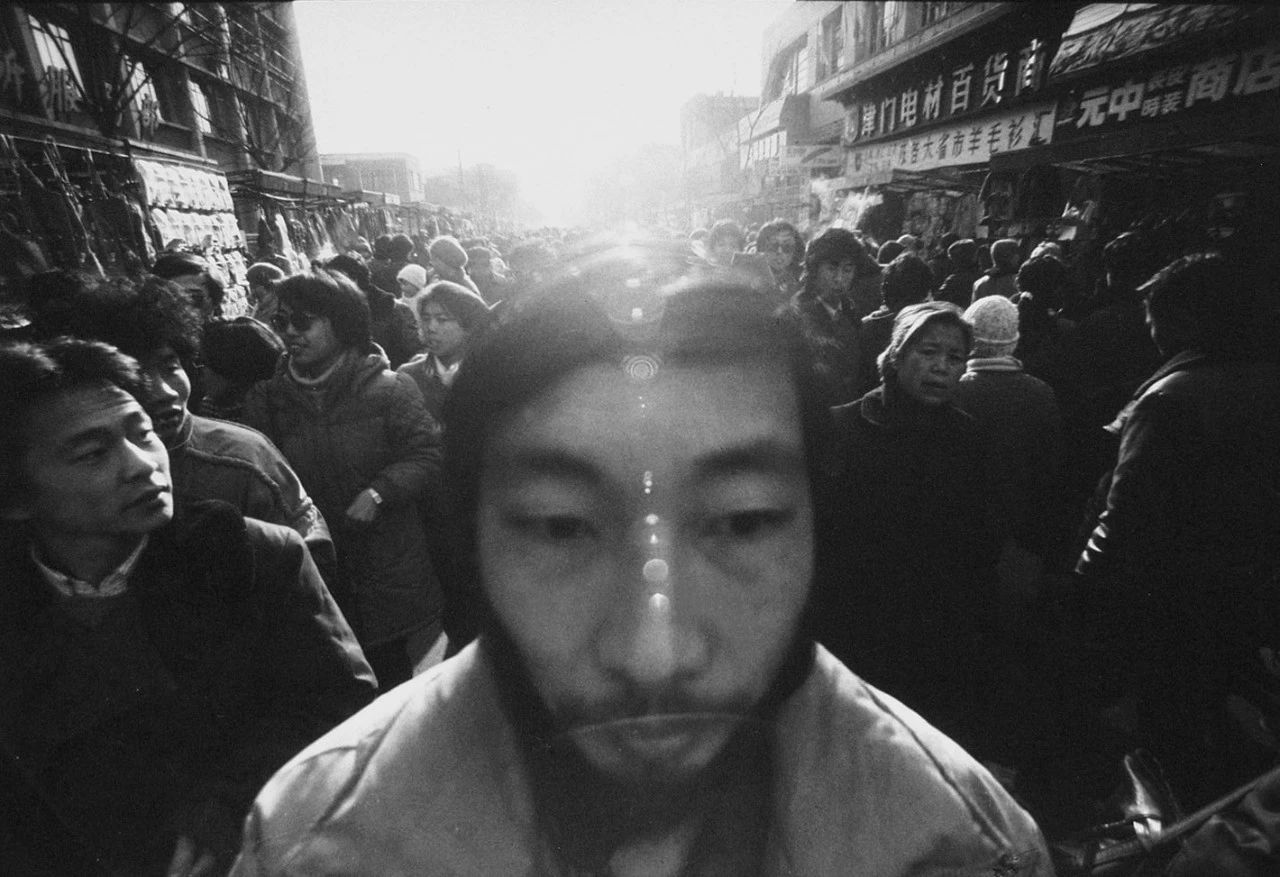The production of photography prints can be highly technical, laborious and lengthy processes. Many contemporary artists work with experienced professional lab technicians to produce their works, and some undertake this task themselves, usually as part of their artistic practice. Since the inception of photography, artists have innovated on techniques, from the iconic Silver Gelatin black-and-white printing process invented in the 1870s to contemporary processes of digital inkjet printing.
In this guide, we briefly describe some of the most commonly employed photographic printing processes.
Chromogenic Print: A chromogenic print, sometimes known as c-print, c-type print, or a Kodachrome print, is a color print, made from an analogue or digital negative. The former, more traditional prints are made with print material with at least three emulsion layers of light sensitive silver salts. Each layer is sensitized to a different primary color—red, blue or green. During printing, chemicals are added to react with the various layers to create the appropriate colors. Digital chromogenic prints are often called Lambda or Lightjet prints after the lab that was used to produce them.
Pigment Print: A pigment print, sometimes also known as Giclée print, inkjet print, Iris print, or archival print, is produced using an inkjet printer. Inkjet prints became more widely available as a form of art-making after the 1980s, when digital printing technology improved and printers became less expensive. Some types of digital inkjet printing use pigments rather than ink or dyes. Pigment particles embed into the receiving paper and are therefore more stable.
Silver Gelatin Print: Silver gelatin printing is the most common process used in analogue black-and-white photography. The paper is coated with a layer of gelatin with light sensitive silver salts. The technique was developed in the 1870s, and by 1895, it had become the most popular darkroom method. Silver gelatin silver prints remain the standard black-and-white print type in fine-art photography.
Photogram: A photogram is also known as a rayograph, named after the pioneering artist Man Ray who popularized the technique. The photogram process produces photographs without the use of a camera. Instead, the artist places an object, or objects, on a piece of paper or film coated with light-sensitive materials and then exposes the paper or film to light. The more opaque the object, the lighter in tone the covered area will be and vice versa. The photogram is later fixed by treating it in solutions.
Polaroid: Polaroid film contains the chemicals needed for developing and fixing the photograph. A negative sheet is exposed inside the camera, which lines up with a positive sheet. Coating reagents are spread on by squeezing through a set of rollers, activating the development process. The whole process takes about a minute, after which the image is transferred to the positive receiving sheet. All polaroids are unique.
PHOTOFAIRS Hong Kong will take place 26-30 March 2025 (VIP Preview March 25) at the Central Harbourfront.



